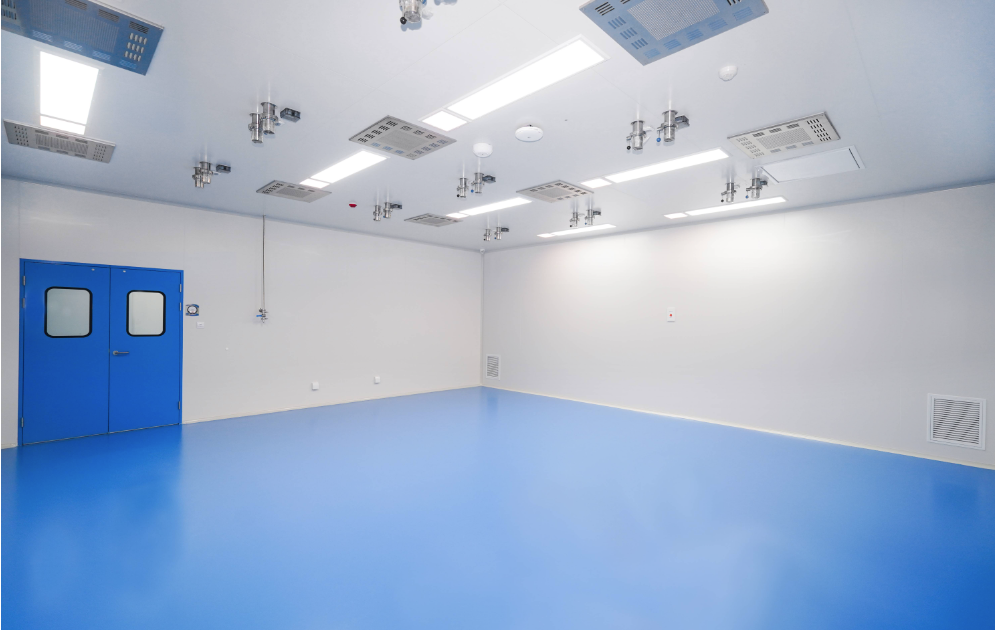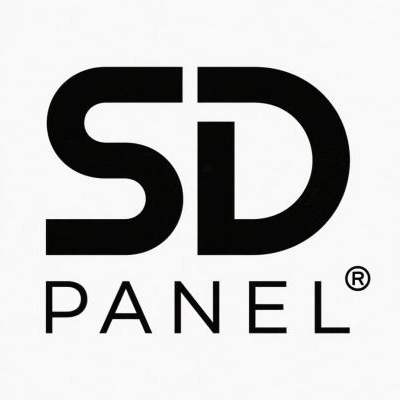The Importance of Cleanroom Panel in Pharmaceutical Industry

The pharmaceutical industry is characterized by high risk, requiring vigilance regarding both the isolation of drugs and the prevention of microbial contamination. The consequences of contamination can be catastrophic. Pharmaceutical cleanrooms are controlled environments designed specifically for the pharmaceutical industry to meet the stringent requirements of drug production and ensure drug safety, efficacy, and quality. At the heart of creating and maintaining these pure, highly controlled environments lies a key component: the cleanroom panel. Clean room panel play an essential role in the pharmaceutical industry that cannot be ignored.
Cleanroom panel for pharmaceutical industry
Pharmaceutical cleanroom panel is cleanroom panel specifically designed for the pharmaceutical industry. They are carefully engineered systems whose goal is to create a seamless, non-porous, easy-to-clean, and airtight enclosure.Its main features:
Core material of pharmaceutical cleanroom panel
Cleanroom panel in the pharmaceutical industry typically utilize tough, low-particle-generating core materials such as mineral wool, polyisocyanurate (PIR), or polyurethane (PUR). These materials offer excellent thermal insulation (critical for temperature control) and structural integrity, while minimizing the risk of particle harbouring or shedding. Because rock wool offers poor thermal insulation, polyisocyanurate (PIR) or polyurethane (PUR) are often used as cleanroom core materials.
Cladding of pharmaceutical clean room panel
Due to the characteristics of the pharmaceutical industry, the coating of cleanroom panel needs to be smooth, non-porous, highly durable, and easy to clean. The main materials include galvanized steel, stainless steel, composite materials, etc.
- Pre-painted galvanized steel (GMG): This is a commonly used cleanroom panel cladding because it is durable, cost-effective and easy to clean.
- Stainless steel (304, 316L): The gold standard for critical areas (ISO 5/ Class100 and below) due to its superior corrosion resistance, non-reactivity, and ease of sterilization with corrosive agents. Essential for aseptic filling lines and biosafety applications.
- Composite Materials: This special function cladding of cleanroom panel is achieved using specialized coatings or laminates with special properties such as enhanced chemical resistance or electrostatic dissipation (ESD).
Integrated sealing of pharmaceutical cleanroom panel
The Achilles’ heel of any cleanroom is its joints. Cleanroom panels feature specialized, continuous gaskets (often silicone or EPDM) integrated into their edges. When panels are joined using robust aluminum profiles, these gaskets compress to form hermetic seals, preventing air leakage and ingress of contaminants from outside the clean envelope or adjacent, less clean areas.
Smooth, coved transitions
Internal corners where walls meet walls, walls meet ceilings, and walls meet floors are not sharp 90-degree angles. Instead, they feature smooth, radiused coving. This eliminates hard-to-clean crevices where contaminants and microbes can accumulate and prevents particle shedding from sharp corners. Coving is often integrally formed or seamlessly sealed.
The importance of cleanroom panel in pharmaceutical industry
The significance of high-quality cleanroom panel permeates every aspect of pharmaceutical manufacturing compliance, safety, and efficiency:
Contamination control
- Isolation of pollution Cleanroom panels physically isolate the controlled environment from the uncontrolled area through strategic zoning and strict airflow control, minimizing the risk of contamination between different areas or products. They also create a pressure differential cascade (higher pressure within the cleanroom) to prevent the influx of contaminants.
- Solid surface:Cleanroom solid, non-porous surfaces prevent the absorption of liquids, chemicals or microbial contaminants, thus enabling thorough and effective cleaning and disinfection within the cleanroom.
Environmental Control
- Airflow Management: Cleanroom panel provide the smooth, uninterrupted surfaces necessary for the laminar or unidirectional airflow patterns essential in higher-grade cleanrooms (ISO 5 and above). Turbulence caused by uneven surfaces or leaks can disrupt airflow and compromise contamination removal.
- Insulation: The cleanroom panel’ insulated core maintains stable internal temperature , which is critical for sensitive pharmaceutical industry processes, personnel comfort, and preventing condensation, a potential source of microbial growth.
- Airtight Integrity: Cleanroom panel is critical to maintaining precise humidity control and pressure differentials, particularly for moisture-sensitive equipment and raw materials in the pharmaceutical industry, and to preventing uncontrolled air exchange that could carry contaminants.
Selection of pharmaceutical cleanroom panel
The selection of cleanroom panel in the pharmaceutical industry requires a selection plan based on the characteristics and requirements of the pharmaceutical factory.
Clean room Grade (ISO Class)
Cleanroom panel options are determined based on the ISO grade of the pharmaceutical facility. Higher grade panels require smoother surfaces (such as stainless steel), tighter seals, and superior cleanliness.
Pharmaceutical Processing
Different pharmaceutical production processes vary significantly. For example, contact with corrosive chemicals requires specific coatings (e.g., 316L stainless steel). Biosafety Levels (BSL) dictate material integrity and cleanliness procedures. Electrostatic discharge (ESD) requirements necessitate dissipative materials. Cleanroom panel selection should be carefully considered based on the pharmaceutical process.
Comply with regulations and standards
Pharmaceutical cleanrooms are crucial for meeting international standards such as GMP, FDA, and ISO 14644. Choosing clean room panel requires understanding specific GMP requirements and regional regulatory nuances.
Cleanroom panel play an indispensable role in the pharmaceutical industry. More than just passive enclosures, they safeguard the purity and quality of pharmaceuticals, and the health of patients. They create a contamination-proof barrier, enabling precise environmental control and ensuring regulatory compliance. They are the cornerstone of a safe and efficient pharmaceutical production system.
